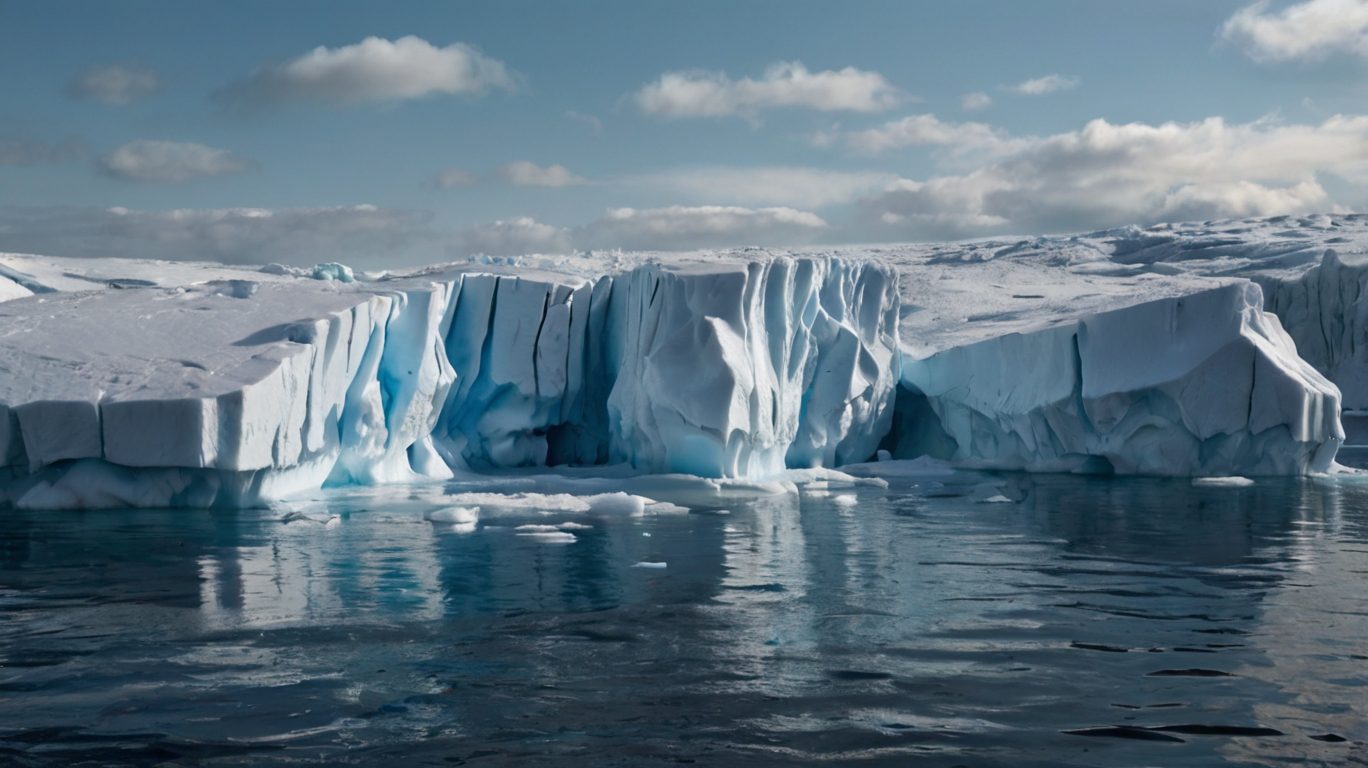November 3, 2024
Melting Ice Caps
Far reaching Consequences

The melting of ice caps is a pressing issue with far-reaching consequences. It is alarming because it not only shows no signs of stopping, but it is accelerating as we see global warming expanding its reach to all corners of the globe. Here are some key facts:
Accelerated Melting Rates
Arctic Ice: The Arctic is warming twice as fast as the global average. Satellite data shows that Arctic sea ice has been declining at a substantial rate since the late 1970s. The annual minimum sea ice extent has dropped significantly, with record lows occurring more frequently.
Antarctic Ice: The Antarctic Peninsula is warming five times faster than the global average. While some parts of East Antarctica are gaining ice, the West Antarctic Ice Sheet is losing ice rapidly. Overall, Antarctica is losing about 150 billion tons of ice per year.
Causes of Accelerated Melting
Greenhouse Gas Emissions: Human activities, particularly the burning of fossil fuels, have led to increased concentrations of carbon dioxide and other greenhouse gases in the atmosphere. These gases trap heat, causing global temperatures to rise.
Albedo Effect: Ice and snow reflect sunlight, helping to keep the planet cool. As ice melts, darker ocean or land surfaces are exposed, absorbing more heat and accelerating further melting.
Ocean Warming: Oceans absorb about 90% of the Earth's excess heat. Warmer ocean temperatures contribute to the melting of ice shelves and glaciers that are in contact with seawater.
Consequences of Melting Ice Caps
Sea Level Rise: Melting ice contributes to rising sea levels, threatening coastal communities and ecosystems. If the Greenland and Antarctic ice sheets were to melt completely, sea levels would rise by an estimated 67.4 meters (223 feet).
Weather Pattern Disruption: The loss of ice affects global weather patterns and ocean currents. Changes in the Arctic can influence the jet stream, leading to more extreme weather events in other parts of the world.
Ecosystem Impact: Melting ice disrupts habitats for polar bears, seals, and other wildlife. The loss of ice also affects the availability of food and breeding grounds for these species.
Urgency for Action
The rapid pace of ice cap melting underscores the urgent need for action to mitigate climate change. Reducing greenhouse gas emissions, transitioning to renewable energy sources, and implementing conservation measures are crucial steps to slow down the melting and protect our planet.
Sources: iedro.org; earth.gsfc.nasa.gov; nsidc.org; ourworld.unu.edu; climate.nasa.gov; www.iberdrola.com; www.worldwildlife.org; nsidc.org.
Helpful Organizations
Organization actively working to address the issue of Melting Ice Caps:
Arctic Ice Project: This organization is focused on stopping Arctic ice melt by spreading reflective glass beads over key areas to increase ice reflectivity and slow down melting.
WWF (World Wildlife Fund): WWF works on various initiatives to combat climate change and protect polar regions, including efforts to reduce greenhouse gas emissions and preserve Arctic habitats.
SINTEF: A European research organization collaborating on innovative solutions to slow Arctic ice melt, such as deploying hollow glass microspheres to improve ice reflectivity.
Scientific Committee on Antarctic Research (SCAR): SCAR conducts research and observations on the rapid changes in Antarctic ice and advocates for more comprehensive studies and actions.
World Climate Research Programme (WCRP): WCRP supports research on climate and cryosphere, including the impacts of ice melt on global climate systems.
These organizations are at the forefront of efforts to understand and mitigate the effects of melting ice caps. Will you help?



